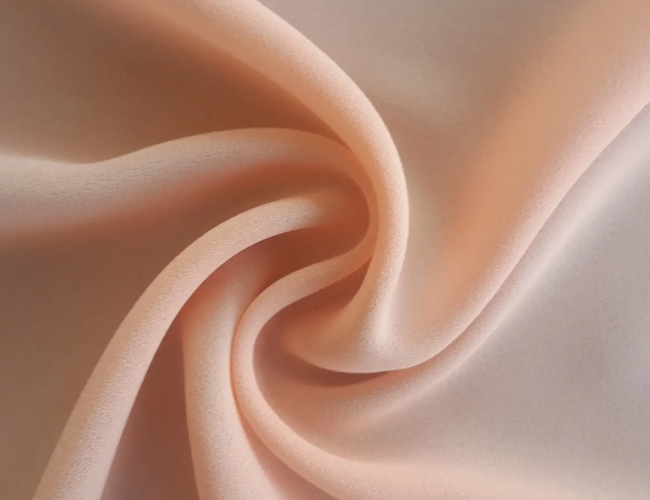
Velvet fabric is a kind of fabric made of high-quality cotton yarn, which is very comfortable and green. It is very popular in the market, the texture is smooth and lustrous, and the aristocrats used to like velvet products. Velvet fabrics are all made of high-quality cotton yarns with high matching or above. There are several series of plain, printed, jacquard and striped, color woven and rotten, with a short and dense velvet surface. It is one of the softest man-made materials ever made.
VELVET is a silken textile fabric having a short dense piled surface. In all probability, the art of velvet-weaving originated in the Far East, and it is not till about the beginning of the 14th century that we find any mention of the textile. The peculiar properties of velvet, the beautiful yet softened depth of dye-color it exhibited, at once marked it out as a fit material for ecclesiastical vestments, royal and state robes, and sumptuous hangings; and the most magnificent textures of medieval times were Italian velvets. These were in many ways most effectively treated for ornamentation, such as by varying the color of the pile, by producing piles of different lengths (pile upon pile, or double pile), and by brocading with plain silk, with the uncut pile, or with a ground of gold tissue, &c. The earliest sources of European artistic velvets were Catanzaro, Lucca, Genoa, Florence, and Venice, which continued to send out rich velvet textures. Somewhat later the art was taken up by Flemish weavers, and in the sixteenth century, Bruges attained a reputation for velvets that were not inferior to those of the great Italian cities. (source:https://en.wikipedia.org/wiki/Velvet#History)
Velvet can only be woven on a unique loom that can spin two layers of fabric at the same time. These fabric layers are then separated and wound on a spool.
Velvet is made from vertical yarns, while velvet is made from horizontal yarns, but besides, the manufacturing process for both textiles is the same. But, velvet is often mixed with regular cotton yarns, which reduces its quality and changes its texture.
Velvet fabric is interwoven with silk as a warp and cotton yarn as weft. With silk or rayon pile loops, warp and weft are first woven by degumming or semi-gumming, dyeing, and flicking. According to different purposes, different raw materials can also be used for weaving. And different raw materials such as cotton, acrylic, viscose silk, polyester, and nylon can also be used for weaving. So, velvet fabric is not woven with velvet, but has a smooth and shiny feel and texture like velvet. Many consumers think that velvet is the plush made from the hair of the swan. Actually, it is not the hair of the swan, this velvet and other plush, but also processed plush.
The tissue structure of velvet is usually a weft knit terry tissue, which can generally be divided into ground yarn and terry yarn. It is often interwoven with different raw materials such as cotton, eyeball, viscose silk, polyester, nylon, etc... Depending on the usage, different raw materials can be used for knitting.
Velvet fabric is light, thin, and elastic. And its use is also very wide, such as sports pants containing its composition, but also can be made into bed sheets, curtains, and so on. So, in the market, the use of velvet fabric is very wide.
1、Crimped velvet
Crinkle velvet, as the name implies, is pure velvet that has been twisted and crinkled by machines. Its mottled surface will produce a good luster effect and is more common in fashion design.
2、Plain velvet
Flat velvet is flatter to the touch and shinier to the eye and is produced by high-pressure flattening of ordinary velvet down. Flat velvet has a higher density of pile than normal velvet.
3、Jacquard velvet
Pure velvet is trimmed to remove part of the down according to the design, and the rest of the down appears in a three-dimensional jacquard pattern, which is called jacquard velvet. Flowers and abstract lines are the most common jacquard pattern, and this fabric is more used in home decoration.
Velvet is woven, cut, and pressed; made of polyester, rayon, silk, and blends of all three. It is more luxurious. Velvet has a longer pile than velvet or velveteen and has an ideal standing pile effect.
VELVET:
Velvet is woven, cut, and pressed; made of polyester, rayon, silk, and blends of all three. It is more luxurious. Velvet has a longer pile than velvet or velveteen and has an ideal standing pile effect.
VELVETEEN:
Velvet weave with a tight short pile, no more than 3mm deep. usually made of cotton or cotton and silk. It is not velvet, it has a hard pile and can be placed flat on the table in its entirety.
VELOUR:
Velvet weave with a tight short pile, no more than 3mm deep. usually made of cotton or cotton and silk. It is not velvet, it has a hard pile and can be placed flat on the table in its entirety.
As one of the traditional Chinese fabrics, velvet fabric is luxurious and rich in texture. It can be used in different clothing styles and combined with different craft features. That meets the different needs of consumers.
Velvet is the name of the silk fabric with velvet warp on the surface of the fabric to form a pile ring or velvet. It is made of cotton, polyester, bamboo fiber, velvet, and other fiber materials of a fabric. Also known as Zhang velvet, due to the origin of the Zhangzhou area in Fujian Province and named. It has been produced in large quantities during the Ming Dynasty and is one of the traditional Chinese fabrics. Such as the double-sided velvet tetrahedron embroidered dragon patch women's clothes and royal blue velvet at the Ming Dingling Tomb in Beijing.
If you need velvet or other fabrics, contact us at G&F, we can source different types of fabrics for customers in the US and other parts of the world. Our E-mail: [email protected]
G&F has a wide range of velvet fabric for wholesale sale, so if you need to buy, please feel free to consult us and get the price and parameters.
The dyeing method of the existing velvet fabric, the color fastness of the dyed fabric is not high, the uniformity of the dyeing is not good, and it is easy to produce color flowers.
The dyeing steps of velvet fabric are as follows.
1) Add 1~2 wt. of chitosan, 1.2 wt. of quaternary polyethyleneimine, 3.2 wt. of polyethylene glycol, 1.7 wt. of sodium persulfate, 25 wt. of vegetable dyestuff in turn into 100 wt. of deionized water, stir well, and heat to 45℃; 2) Then put 2.1 wt. of tetramethylene pentaamine, 1.7 wt. of isomeric decanol polyoxyethylene ether, 1.4 wt. of 2.2 weight parts benzyl benzoate, 1.4 weight parts azo diisobutyric acid, continue to stir until fully mixed well, and heated to 60 ℃.
3) Soaking the fabric in the dyeing tank for 45 minutes.
4) Drying the soaked fabric at 85°C
5) Rinsing the dried fabric by immersing it in water for 45 minutes
6) Take out the rinsed fabric and dry it naturally.
1. Velvet fabric in use to cut abrasion, pulling, and to maintain frequent change of washing.
2. Velvet fabric is suitable for water washing, not suitable for dry cleaning.
3. Velvet fabric in ironing requires medium temperature ironing, ironing with less push and pull so that the garment naturally stretches right.
4. Velvet fabric is very hygroscopic, so the collection should be prevented from high temperature, high humidity, and unclean environment, and should be stacked flat in a clean and tidy environment to prevent mildew.
This is the end of the introduction of writing about velvet fabric, to learn more about the company's experienced advantages, certificates, etc., welcome to contact us such as guidance language case.
All Rights Reserved: https://www.groupgf.com/info-detail/velvet-fabric
Copyright Notice: This is an original (translated) article from G&F Group Inc., please indicate the source from G&F Group Inc.. If there is any infringement, please contact us first.
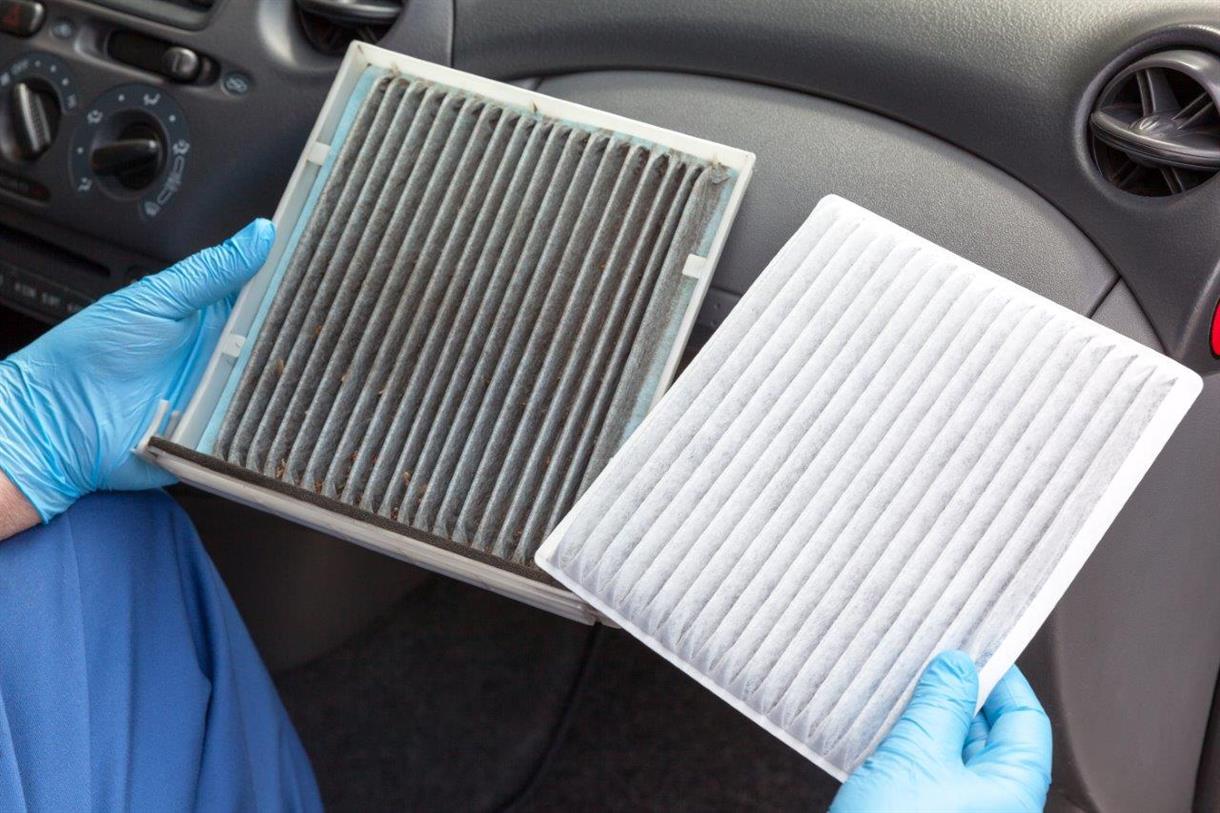 Nonwovens in daily life ----- filtration
Nonwovens in daily life ----- filtration
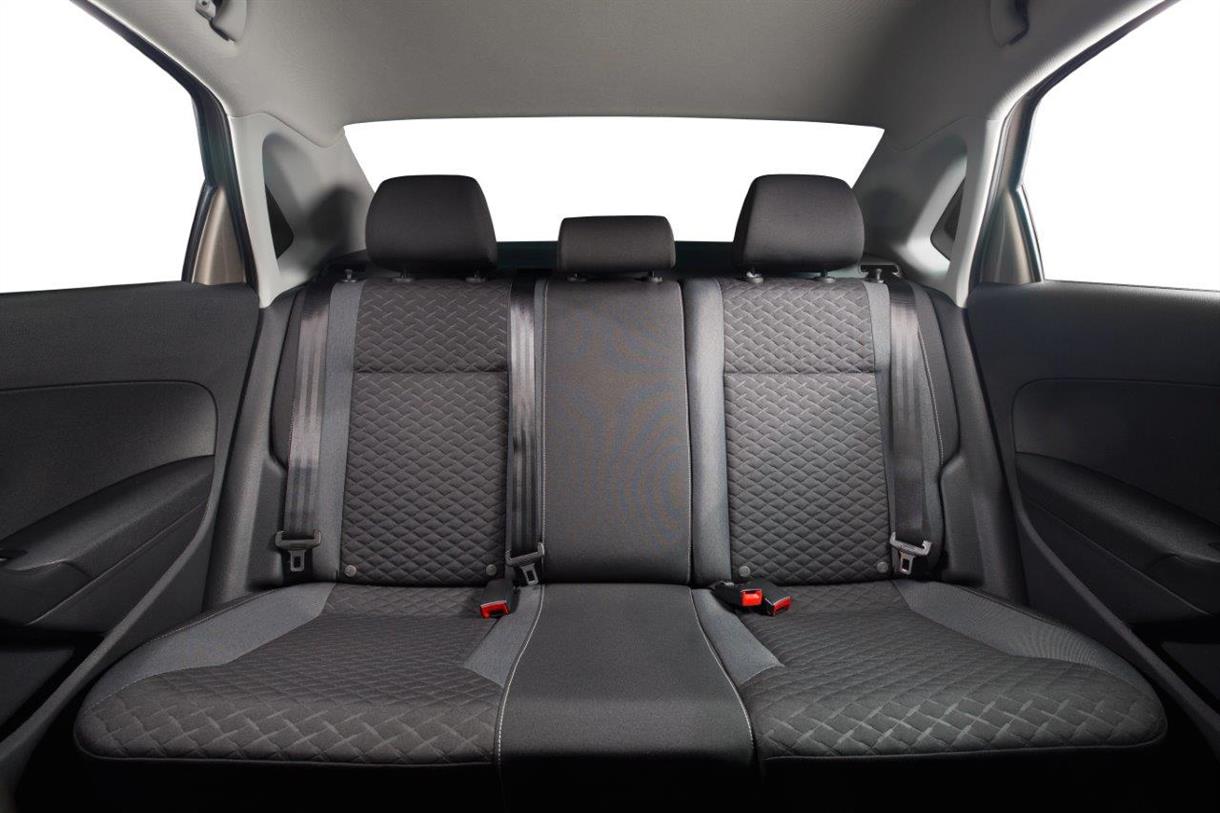 Nonwovens in daily life ----- automotive
Nonwovens in daily life ----- automotive
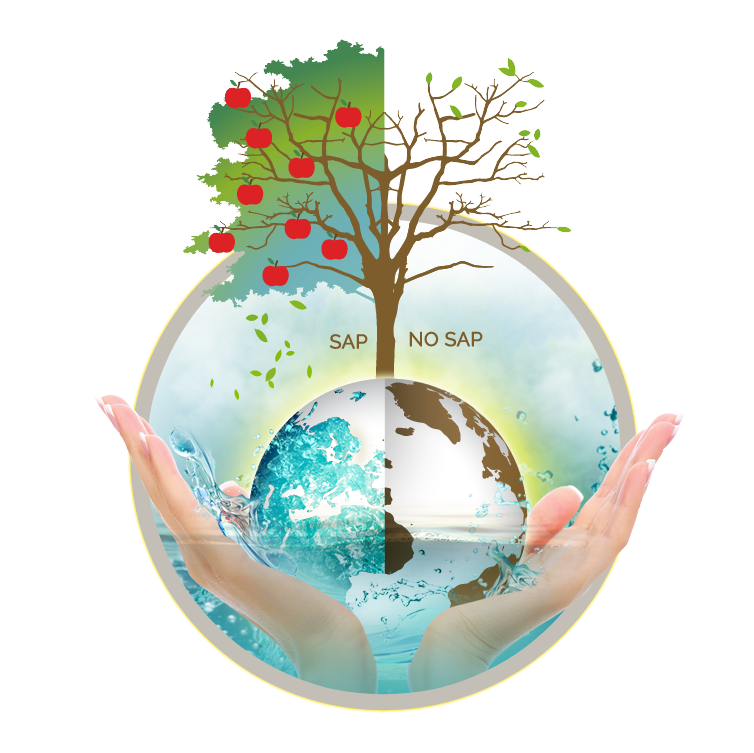 What is SAP – superabsorbent polymers
What is SAP – superabsorbent polymers
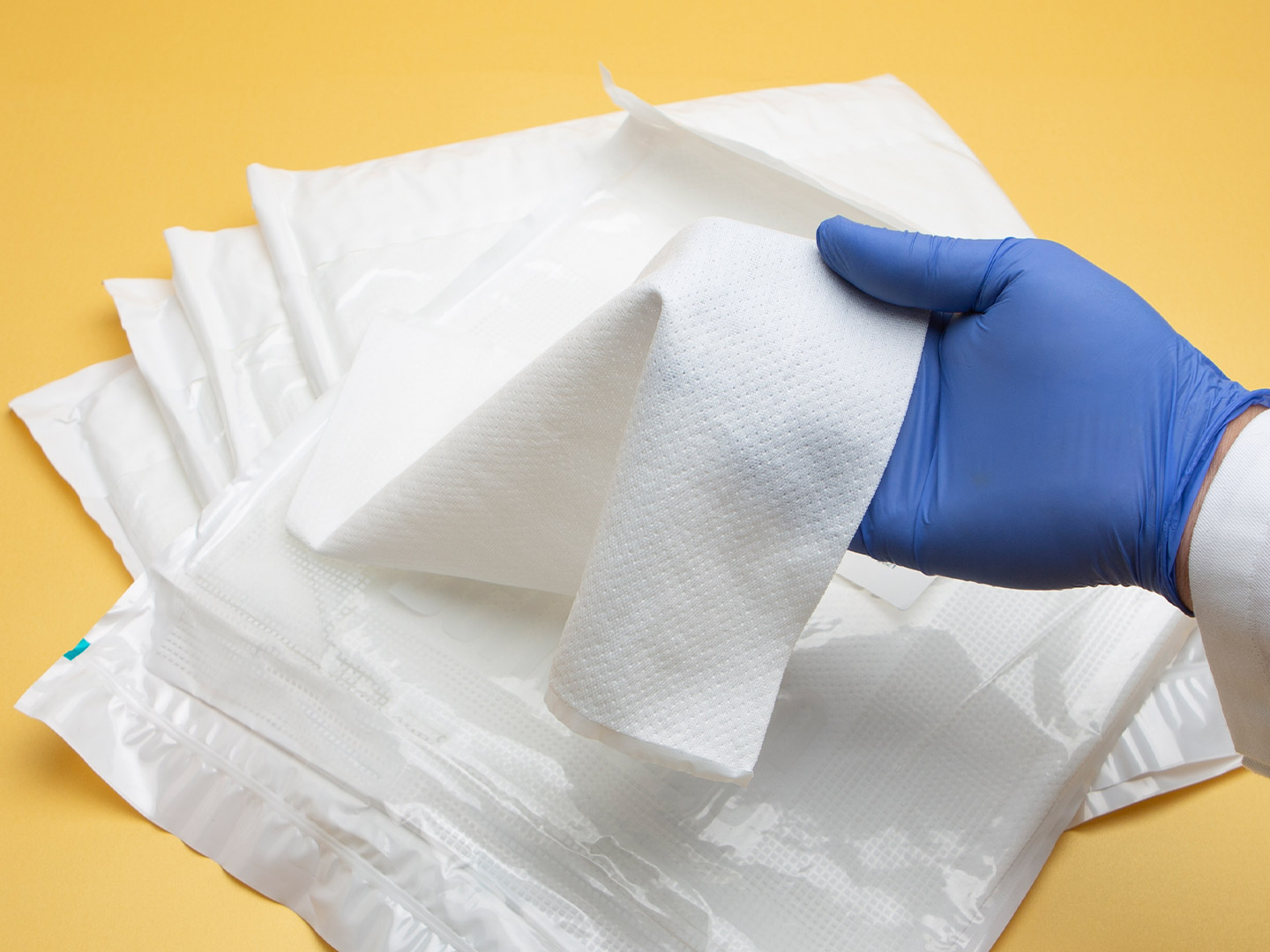 The Future of Global Nonwoven Wipes to 2029
The Future of Global Nonwoven Wipes to 2029